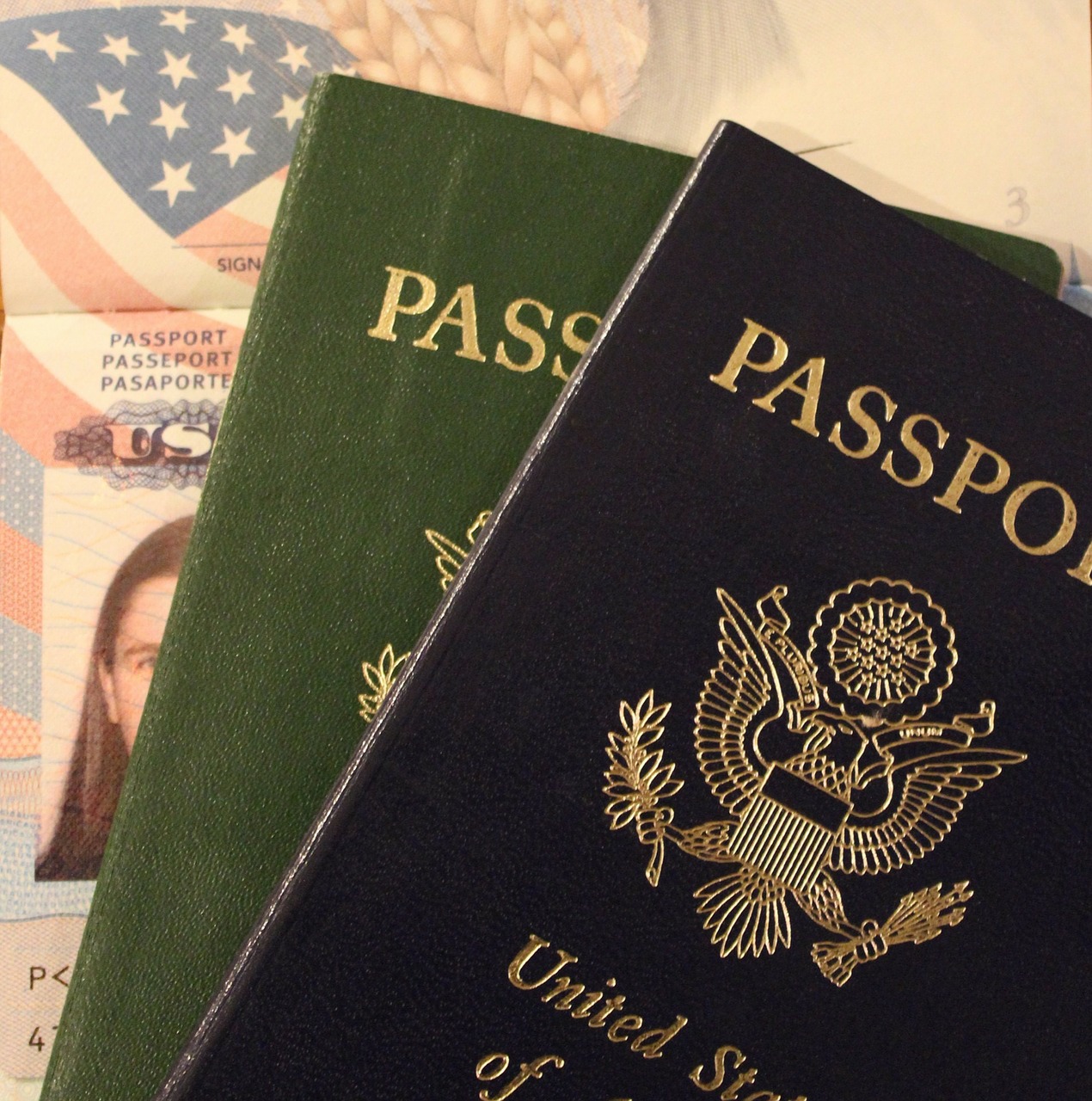USCIS Updates Policy on DNA Evidence to Prove Sibling Relations

When an individual wants to immigrate to the United States, the fact that they have a family member with lawful status in the U.S. can be the means to obtaining an immigrant visa. In the past, it has been difficult to prove a sibling relationship when the siblings do not share both parents in common. However, in May of 2018, the U.S. Citizenship and Immigration Services (USCIS) changed that, by allowing DNA evidence to provide proof of a sibling relationship.
The immigration laws of the United States require that for a sibling relationship to exist, two people must have at least one common parent. In the past, the only primary evidence allowed to prove this has been marriage and birth certificates.
Secondary evidence that may have also been taken into consideration were medical records, school records, religious documents, and written statements by witnesses that know both individuals and can attest to the fact that they are siblings. Now, according to a policy memorandum issued by the USCIS, DNA evidence may also be taken into consideration. This new rule applies to both full siblings, as well as half-siblings.
In order to collect DNA to be used for evidence to prove a sibling relationship, the test must be done with a lab that is accredited by the American Association of Blood Banks. Only those tests returned with a 90 percent or higher probability will be considered as proof that a sibling relationship exists. Those with a 9 percent to 89 percent result will be considered inconclusive, and those with a lower than 9 percent result will generally be regarded as discrediting that a sibling relationship exists.
However, DNA evidence cannot be used as proof of a relationship on its own. USCIS will still require that primary and secondary evidence be submitted. Only in cases in which this evidence is not substantive will immigration officials then be allowed to consider DNA evidence. While USCIS cannot make a DNA test mandatory, they may suggest it to those petitioning for a family member as further proof the sibling relationship when other evidence has been found to be unreliable or inconclusive.
The news is good for anyone wishing to immigrate to the U.S. based upon a familial relationship. By taking advantage of the newest technology, the case will no longer solely be under the discretion of USCIS officers but can provide substantive proof that a sibling relationship exists. The new policy is in keeping with one of the pillars of immigration the United States has always upheld, which is reuniting families.
